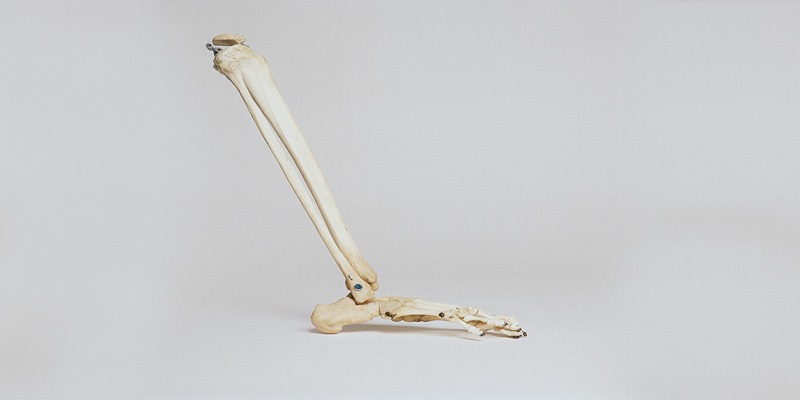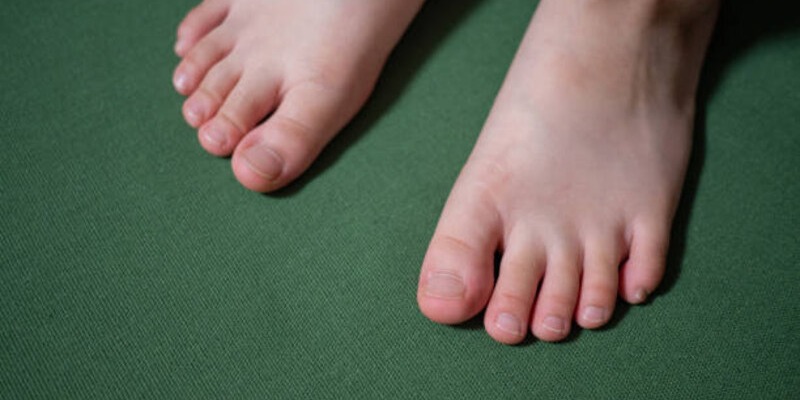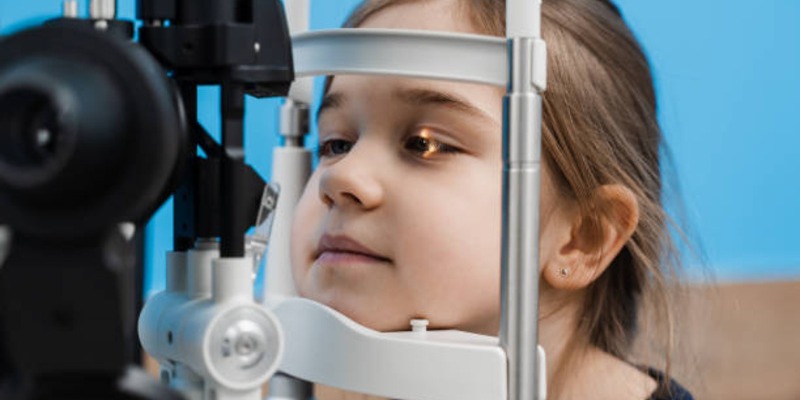Despite its apparently innocuous name, athlete's foot may cause significant agony in people who are affected by it. It's a fungal illness that affects many people all over the globe and is notoriously tenacious and infectious. The key to successful care and prevention of this ailment is a comprehensive knowledge of what causes it. By learning to identify the signs early, people may begin the road to recovery from this common illness much more quickly and with less difficulty. Learn the ins and outs of this annoying fungal infection by reading this article, which covers everything from the signs and symptoms to the many treatments available.
Understanding the Problem
It is a common problem, however people don’t know what it is and how it affects us. Here, we break down this ailment, explaining what it is and what factors lead to it, so you can learn what causes it and who is at risk for developing it.
It causes significant pain to the afflicted person by presenting as itching, scaling, redness, and sometimes blisters. The discomfort caused by this ailment is more than just a nuisance; it may seriously interfere with everyday life and must be treated as such.
Causes and Risk Factors
But what exactly ignites the onset of athlete’s foot? The culprit is dermatophytes, which exists in places similar to swimming pools and public showers hotspots for transmission. Individuals with damp feet or who wear tight, sweaty shoes are especially susceptible. Moreover, a weakened immune system and close contact with an infected person or surface can also elevate one’s risk, making it essential to be vigilant about foot hygiene, especially in public spaces, to avoid this unwelcome fungal guest.

Identifying Symptoms
Recognition of symptoms is crucial for properly treating the condition. Understanding the typical signs and possible consequences of this illness will allow us to take timely action, halting the spread of the infection and protecting our health.
Common Symptoms
The space we have between the toes starts to get itchy as the first symptom of this disease. Redness, scaling, or when the situation is extreme, blistering of the skin may occur, making for an unpleasant and irritating experience. This illness is often accompanied by a strong, unpleasant odor. In order to prevent the spread of the illness and ensure effective treatment, early detection of these symptoms is essential.
Complications if Untreated
If athlete's foot symptoms are ignored, other problems may arise. Scratching an infected area or sharing a towel between the body and feet may transmit the illness to other regions of the body, including the hands and groin. Additionally, if left untreated for too long, the illness may develop into a bacterial infection, which may need more intensive care. Infection of the nails may also cause them to darken and thicken. In light of these possible consequences, it becomes clear how seriously it should be taken.
Athlete's Foot Treatment
To get over the discomfort of athlete's foot, it helps to know what treatments are available. In order to provide relief and healing for people with varied degrees of infection severity, it is best to use a combination of OTC and prescription medications. The key to successful treatment of a fungal infection is to take a vigilant and early approach.
Over-the-Counter Treatments
There are several effective treatments for athlete's foot that may be purchased without a prescription. The infecting fungus may be eliminated with the use of a variety of easily accessible antifungal lotions, powders, and sprays. Clotrimazole and tolnaftate are two examples of medications that do more than only cure the symptoms, since they also reduce itching and burning. Consistent use is key to achieving the best outcomes and regaining lost comfort and foot health.

Prescription Treatments
When over-the-counter remedies fail to alleviate athlete's foot, a doctor may prescribe stronger drugs. More serious or widespread infections may call for the use of oral antifungal drugs such itraconazole or terbinafine. In addition, if a bacterial infection is present in addition to the fungal one, the doctor may give antibiotics or topical steroid medicines to relieve inflammation. A well-rounded approach to treatment and rehabilitation is far more likely when people are aware of all of their available alternatives in case self-help measures fail.
Preventing Athlete’s Foot
To save yourself the agony of athlete's foot, preventative measures must be taken. The chance of catching this widespread fungal illness may be greatly reduced by adopting excellent lifestyle, hygiene habits, and proper footwear. Maintaining healthy feet requires adopting a steady and deliberate routine.
Lifestyle and Hygiene
Practicing meticulous foot care is a non-negotiable preventative measure. It is essential to wash your feet often, dry them completely (particularly in between the toes), and wear socks that wick away moisture. Adding an extra layer of protection against the sneaky fungus by not wearing other people's shoes and going barefoot in public spaces is a great idea.
Appropriate Footwear
When it comes to avoiding athlete's foot, the shoes you wear are key. Fungi thrive in damp, heated environments, which may be avoided by wearing properly fitting and airy shoes. The primary strategy for combating athlete's foot is to create an environment that is hostile to the formation of fungi on the foot by rotating shoes and selecting ones with adequate ventilation.
Important Lifestyle Adjustments
There will be a need to change lifestyle behaviors in order to properly treat the ailment and prevent recurrence. Individuals may strengthen their immune systems and reduce the likelihood of reinfection by making deliberate changes to their daily routines that make it difficult for fungi to thrive. Adopting these adjustments may be crucial in ensuring not just short-term relief from pain and annoyance, but also the long-term health and happiness of your feet. We may take a step forward in the fight against this widespread fungal ailment if we go about our regular lives with a renewed emphasis on foot cleanliness, care, and knowledge.
Conclusion
Recognition and treatment are necessary if good foot health is to be maintained. Proactively diagnosing symptoms, administering effective therapies, and following preventative measures might pave the road to a speedy recovery from this frequent but unpleasant fungal illness. Individuals may effectively manage and decrease the dangers connected with this illness by adopting adequate hygiene habits and adjusting their way of life. This article has shed light on the enigma that is athlete's foot, arming the reader with the information necessary to face the disease head-on and emerge with healthy, happy feet.




